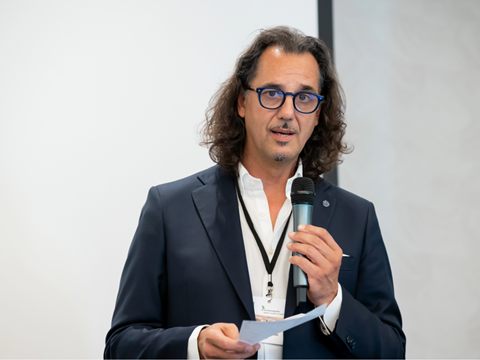
Eurosac and Cepi Eurokraft are leading a joint project to develop a net zero roadmap for the paper sack and sack kraft paper industries, leading up to climate neutrality by 2050.
For over twenty years, the European Paper Sack Research Group has collected triennial life cycle inventory (LCI) and carbon footprint data about sack kraft paper and paper sacks. This year’s data will be incorporated at the end of 2025, and all the data collected so far will form the basis of the net zero pathway.
The roadmap will utilize the Greenhouse Gas Protocol and Science-Based Targets initiative to identify the main contributors to the industry’s overall carbon footprint, beyond just the product level.
It covers the Greenhouse Gas Protocol’s three emission scopes. Scope 1 encompasses direct emissions from on-site fuel combustion, like electricity, heat, and steam; as well as process or fugitive emissions, including wastewater treatment.
To reduce these emissions, industry players are urged to improve energy efficiency and switch to cleaner energy sources (e.g., biofuels, solar, wind, or hydropower) at their production sites.
Scope 2 comprises indirect emissions from purchased electricity, steam, heat, or cooling. Companies are encouraged to buy electricity from low-carbon or renewable sources to lessen these impacts.
Meanwhile, Scope 3 covers other indirect emissions. These may include emissions from purchased raw forestry products, pulp, films, and inks, alongside outsourced transportation, landfill, and incineration.
Eurosac and Cepi Eurokraft warn that these emissions are often the most significant contributor to a carbon footprint, both for individual companies and the industry at large. They cite the European paper sack industry’s carbon footprint data from 2021, which named purchased sack kraft paper and plastic films as the most carbon-intensive features of a paper sack.
As such, they recommend that industry players source materials and services with lower emissions profiles.
Historic data also indicates that European paper mills reduced their fossil carbon impact per tonne of sack kraft paper by approximately 26% (from 570kg CO2e to 421kg CO2e) between 2007 and 2021. This is attributed to fewer emissions from net purchased grid electricity and reduced fossil fuel consumption.
Within the same time frame, the CO2 footprint of sack converters – which falls under the Scope 3 category – has reportedly improved by 28%, decreasing from 118g CO2e per sack to 86g CO2e per sack.
“Many Eurosac and Cepi Eurokraft member companies are making excellent progress in their decarbonization efforts – each of them with their own strategy,” says Alessandro Selmin, president of Eurosac. “As an industry, it is equally important to align collectively on the path towards net zero.
“Sustainability has always inspired innovation in our sector, and the development of a net zero pathway will encourage collaboration and drive us to continuously improve both our environmental impact and our packaging solutions for our customers.”
He continues to explain how industry players “benefit from already working very closely together”, adding: “This strong collaboration empowers us to drive positive change across the entire paper sack value chain and makes it easier to address Scope 3 emissions collectively.”
Eurosac and Cepi Eurokraft cite the example of kraft paper producer Billerud working with plastic film producer W. Gröning to develop their Future-Proof Paper Sack for Low-Carbon Cement. This solution combines ‘ultra-breathable’ and semi-extensible sack paper with an HDPE film containing 35% post-consumer recycled content.
They also point out the Construction Goes Circular project in Spain. Spanning over 70 companies and 180 construction sites, it intends to improve recycling rates for paper sacks and other construction materials, thus lowering emissions in the paper sack and construction sectors.
“Projects and innovations like these show that our industry is committed to developing a clear road map towards net zero,” says Selmin. “Together, we can lay the foundation for real change.”
In other news, a previous report from the Renewable Carbon Initiative and nova-Institute set out policy proposals to bolster renewable carbon sources across Europe. It argued that the adoption of carbon capture and utilization, biomass, recycling, and other technologies would have benefits for sustainability and competitiveness.
Researchers at Leeds Beckett University’s Leeds Business School have also sought to develop a roadmap for widespread packaging progress into 2034. They consulted senior leaders from across the FMCG supply chain to learn more about the current roadblocks and their potential solutions.
If you liked this story, you might also enjoy:
The ultimate guide to the Packaging and Packaging Waste Regulation in 2025
How are the top brands progressing on packaging sustainability?
Everything you need to know about global packaging sustainability regulation in 2025
The key to increasing the use of reusable packaging in supermarkets

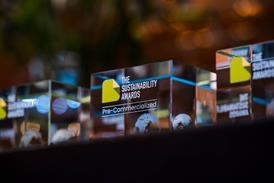
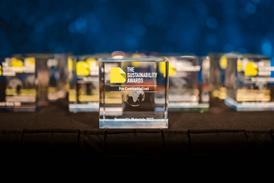
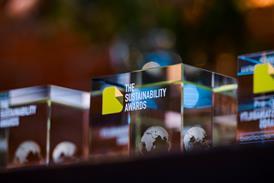
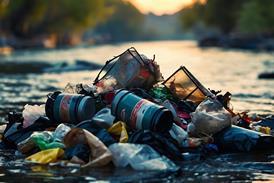
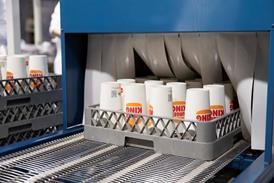















No comments yet